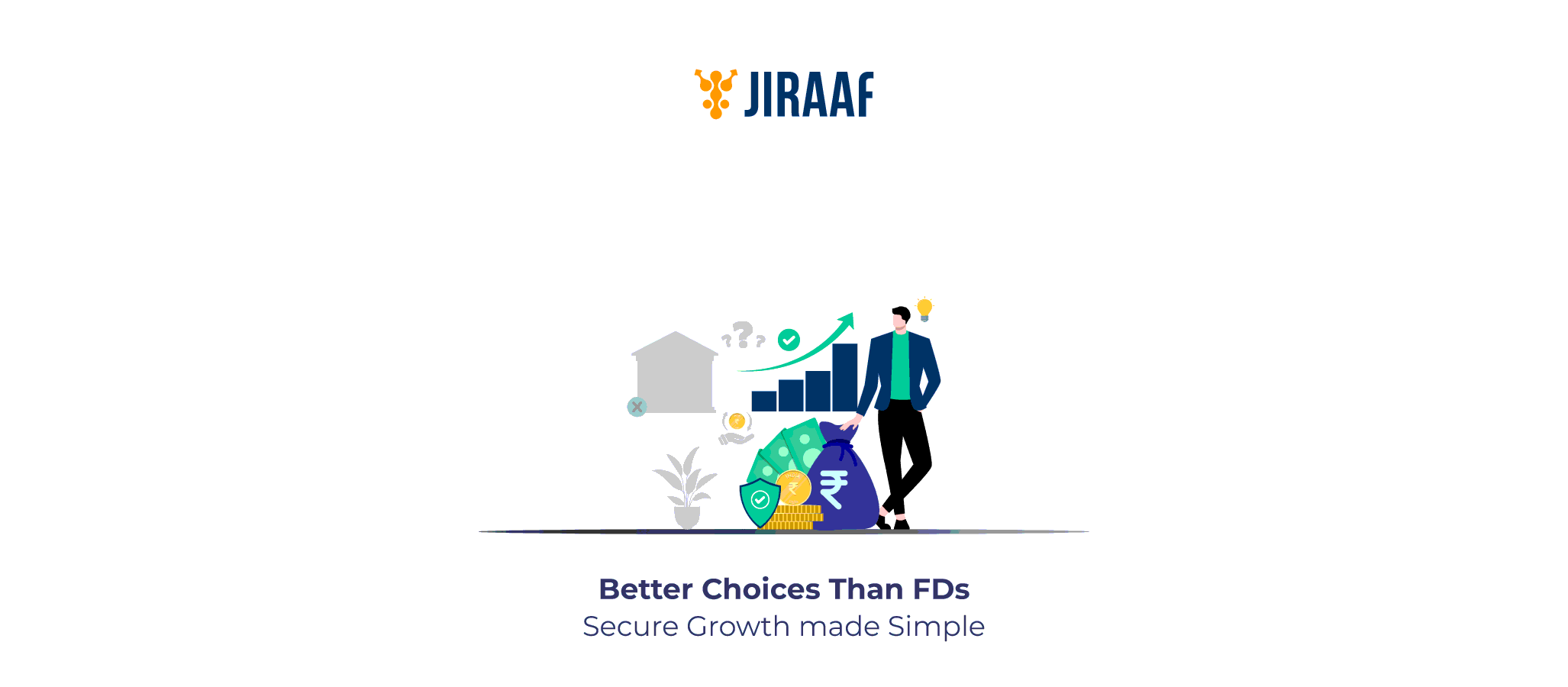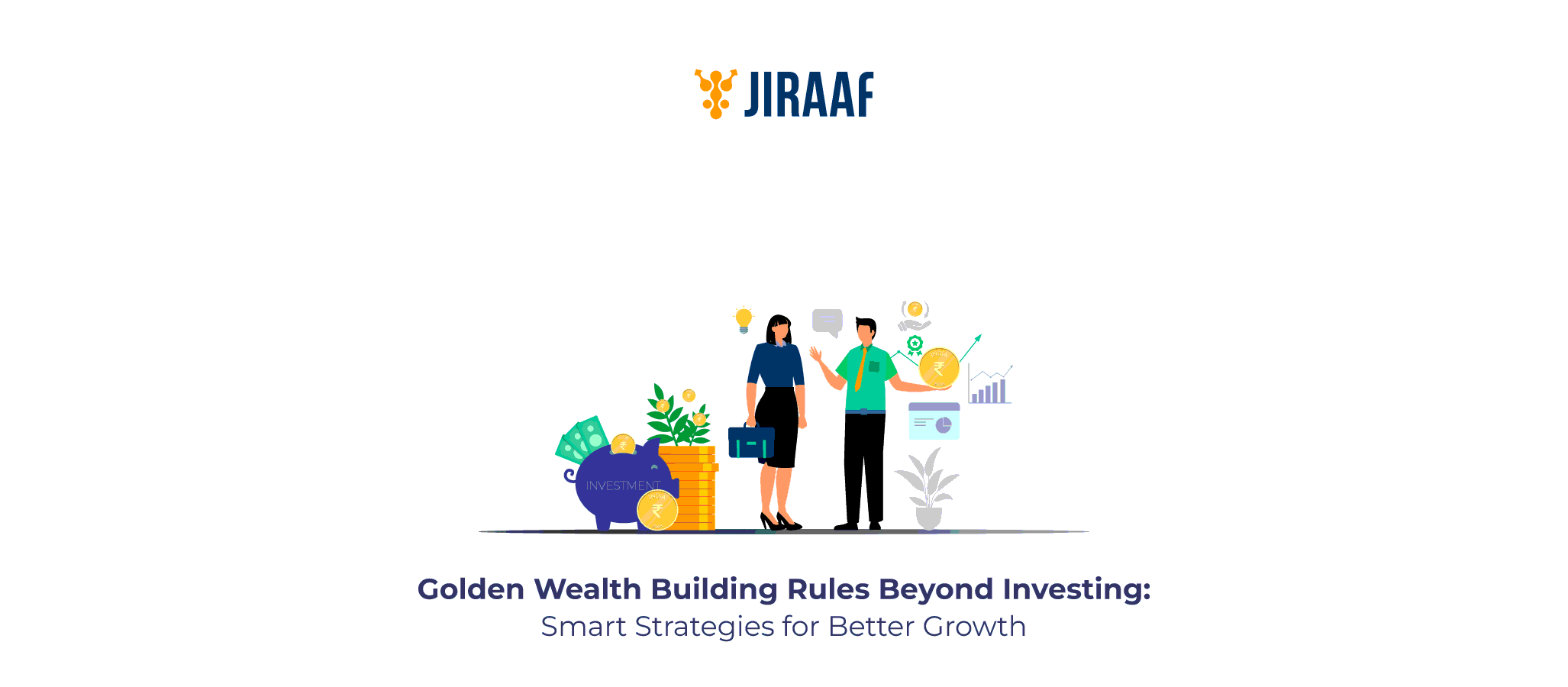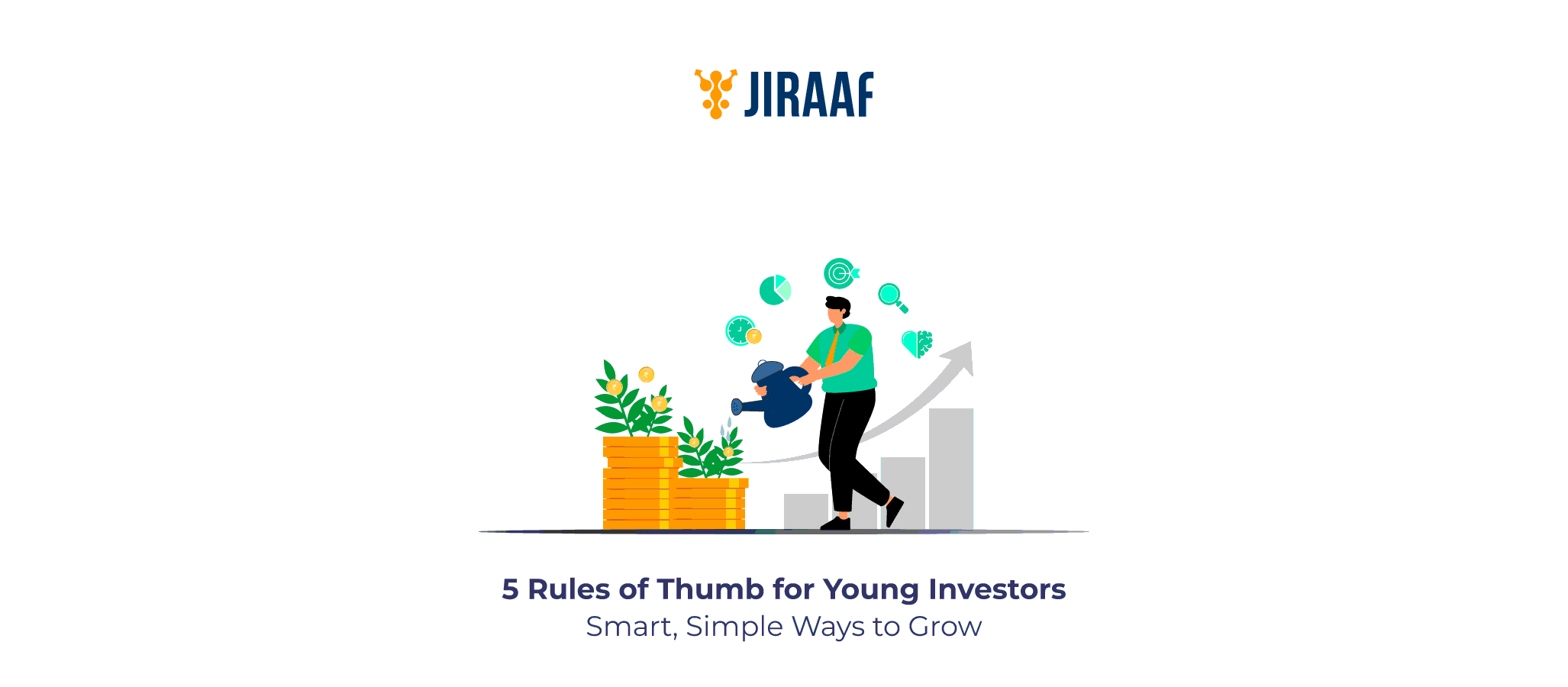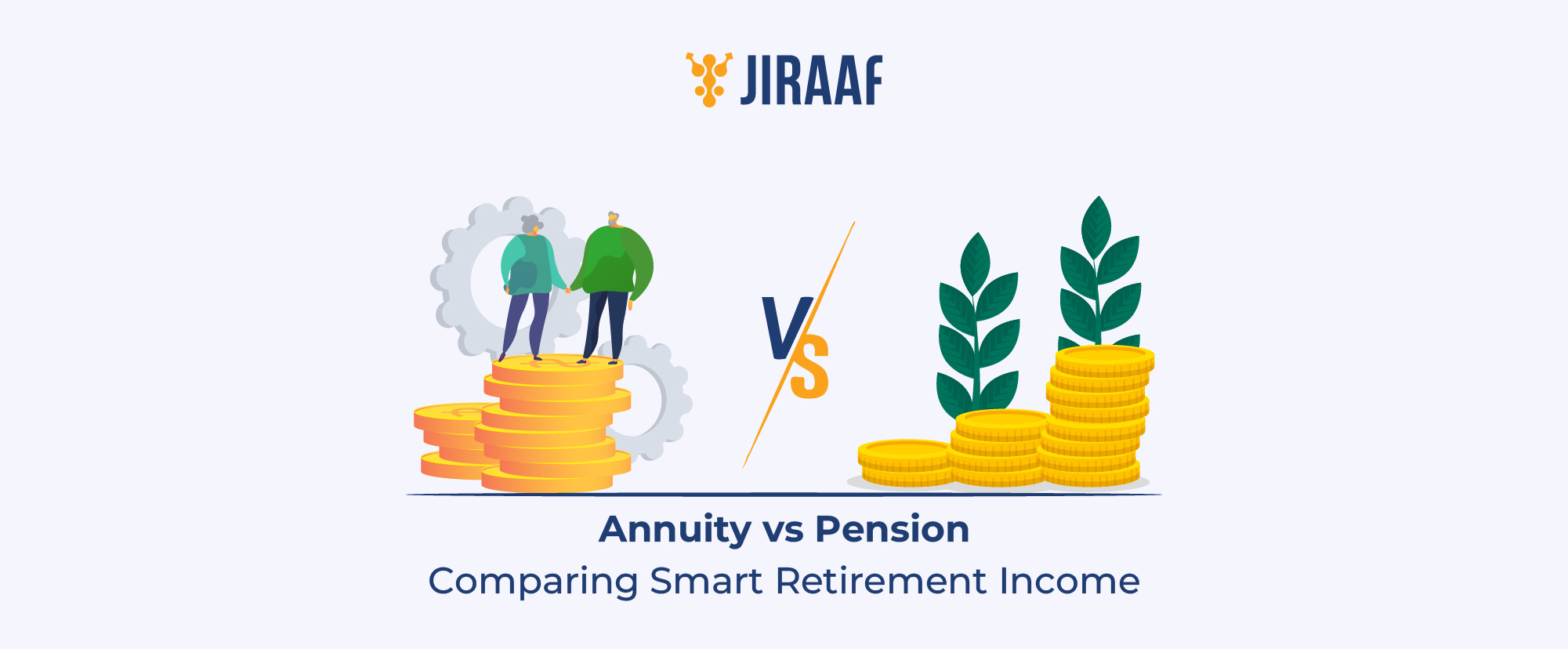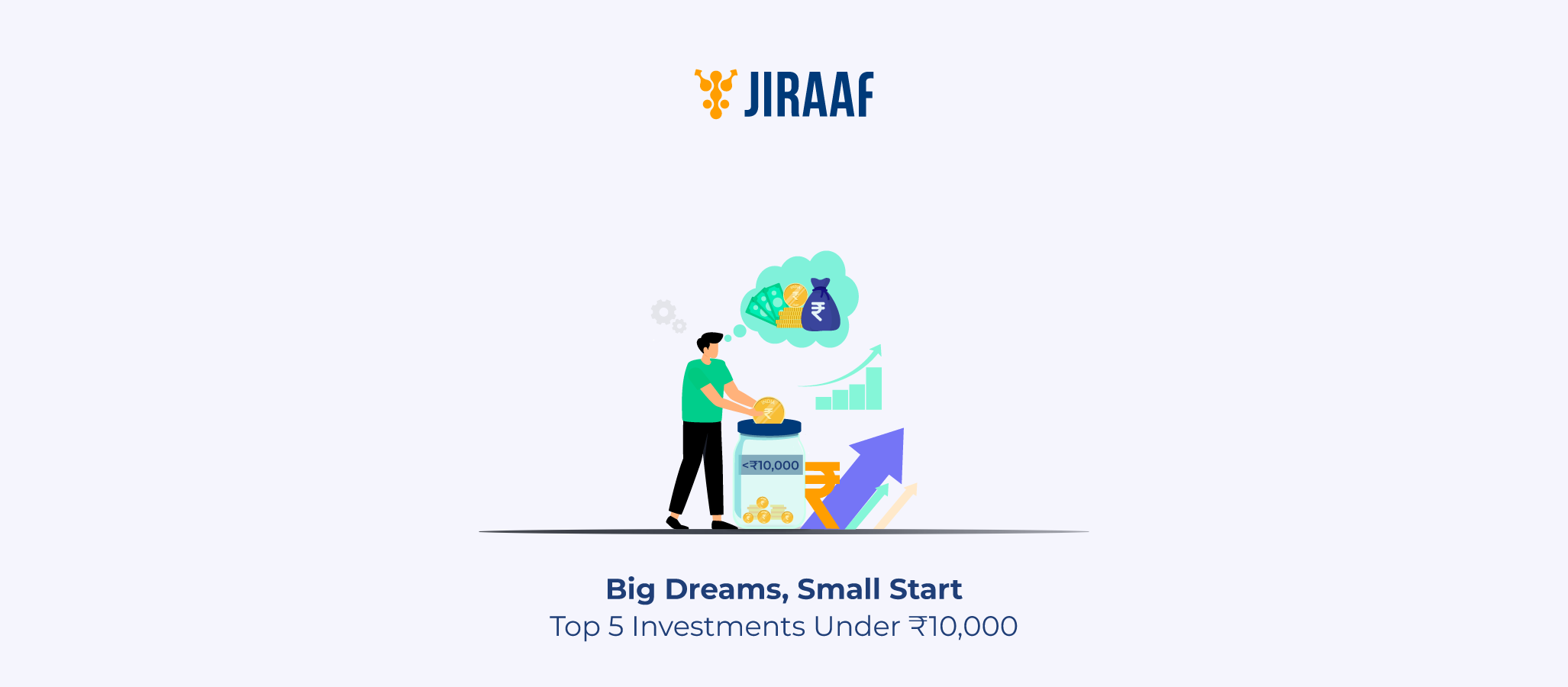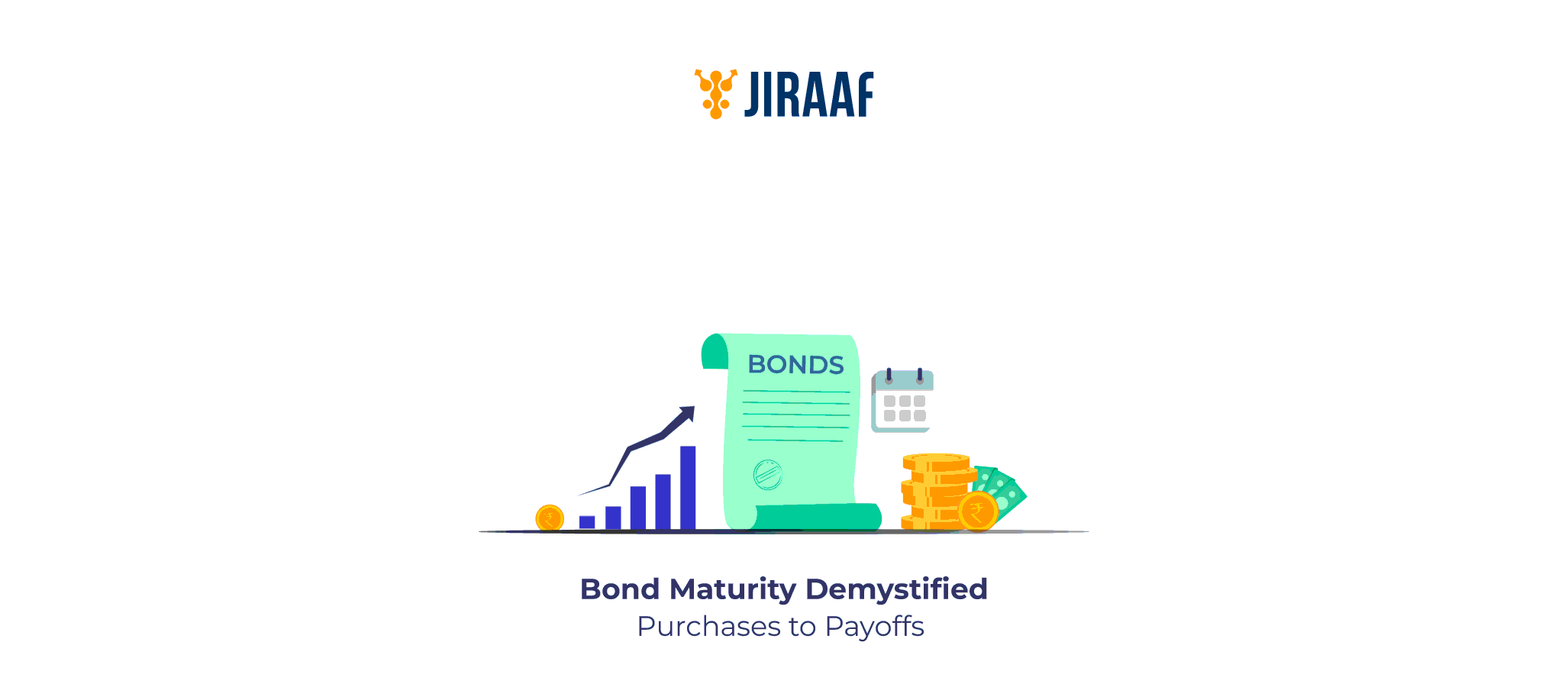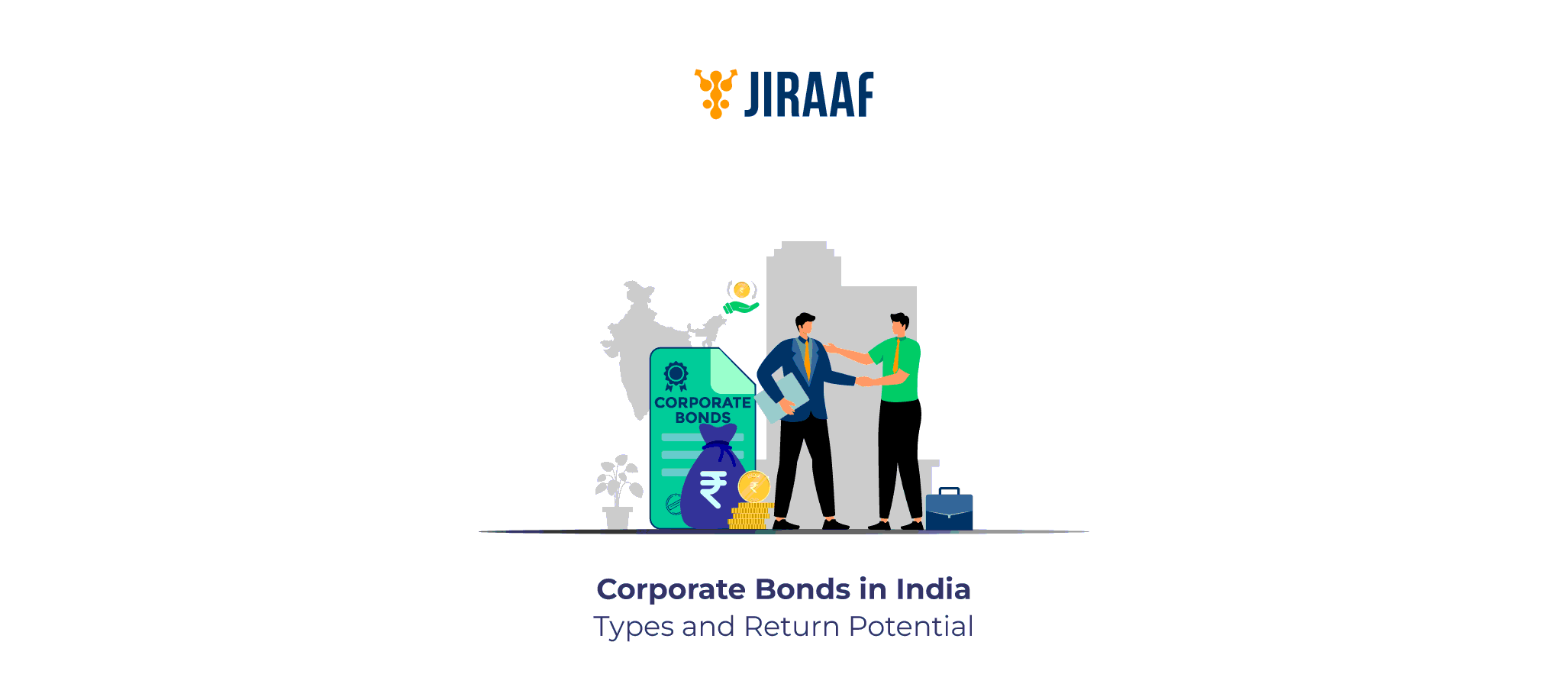Old wisdom said, when in doubt, park your money in an FD. And for many of us, that became our first tryst with investing—a symbol of safety, discipline, and certainty; but times have changed. With interest rates tapering and inflation quietly nibbling away returns, many savers are beginning to rethink where their money lives.
Today, if safety remains non-negotiable, but you still want your money to do more than sit still, you might wonder if there is something just as safe, but smarter?
Turns out, yes. From certain bonds to government-backed schemes, there are better homes for your savings—options that preserve peace of mind while opening doors to better potential. These investments let your money rest securely, while still growing a little faster.
Let’s explore five such opportunities that balance low risk with higher efficiency—and help your wealth work smarter, not slower.
Why Look for Better Options Than FDs?
Fixed deposits used to be simple, secure, and rewarding, and still are. Yet here’s why they’re not enough in today’s financial landscape:
- Tax Inefficiency
FD interest is fully taxable, which reduces your effective return, especially if you fall into a higher tax bracket. For investors aiming at smarter, long-term growth, this makes FDs less rewarding compared to other efficient instruments.
- Inflation Impact
Traditional FDs often struggle to beat inflation over time, which means your purchasing power could decrease despite earning interest.
- Better Alternatives for All Kinds of Investors
Today, there are government-backed bonds, mutual funds, and even platforms that let you access corporate debt safely. Whether you’re conservative, balanced, or growth-oriented, there’s something better than FD.
- Limited Flexibility
Premature withdrawals from FDs mean penalties. On the other hand, alternatives like debt mutual funds or listed bonds allow more liquidity without heavy charges.
However, before we look for alternatives, let’s see if there are better FDs available.
Non-traditional FDs to Invest In
Many investors are now exploring FDs from NBFCs and small finance banks that offer competitive interest rates compared to traditional banks. These institutions are regulated by the RBI and provide reliable options for those seeking stable returns with moderate risk. However, it’s important to note that deposit insurance (DICGC) coverage is capped at ₹5 lakh per depositor per bank.
Digital platforms like Jiraaf have made investing in these options much simpler. They list multiple fixed deposits from small finance banks and NBFCs, allowing you to compare interest rates, tenures, and safety features all in one place. This helps you choose secure and high-quality deposits without having to research each institution separately.
Top 5 Safe Investment Options Better Than FDs
FDs are no longer the only safe way to keep your money. Investors now have many other choices. Such as government bonds, PPF and NSC, while those willing to take slightly more risk can explore debt mutual funds, corporate bonds and NCDs. These options not only protect your capital but also offer benefits like higher yields, tax efficiency, and more flexibility. Depending on your risk appetite, you can choose from conservative government-backed schemes to moderately riskier corporate bonds, ensuring both safety and more substantial returns than a traditional FD.
Corporate Bonds & NCDs: Higher Yields with Moderate Risk
Corporate bonds and non-convertible debentures (NCDs) are issued by companies to raise funds, often offering higher interest than FDs. Above A-rated bonds are safe and come with predictable payout structures.
Why is it better than FDs?
While FDs average 6.2–7.65%, corporate bonds can yield 8–15%, significantly boosting income. They also allow periodic interest payouts, which makes them attractive for investors seeking regular cash flow. Platforms like Jiraaf make investing in pre-screened, high-quality corporate bonds more transparent and accessible.
Who should invest: Best for moderately conservative investors who want higher returns than FDs but are comfortable with slightly higher risk for better rewards.
Debt Mutual Funds: Safer Returns with Liquidity
Debt mutual funds invest in government securities, treasury bills, and corporate bonds, making them far safer than equity funds while still offering higher returns than FDs. In 2025, they are especially attractive because they provide flexibility and long-term wealth growth.
Why is it better than FDs?
While FDs usually earn 6.2–7.65%, debt funds can deliver 9.3–12.1% over a 3–5 years horizon. Unlike FDs, you can redeem your money at any time without penalty, making it suitable for investors who want both growth and liquidity. Taxation is also more favorable if held for over three years, thanks to indexation benefits.
Who should invest: Ideal for investors who want stability with slightly higher returns, retirees who need flexible access to funds, and young professionals looking for better alternatives to parking money in FDs.
Government Bonds: Secure and Reliable Investment
Government bonds are backed by the sovereign guarantee of India, making them one of the safest ways to invest. With the RBI retail direct scheme, buying these bonds has become simple for retail investors.
Why is it better than FDs?
Long-term bonds often offer a higher rate of return compared to FDs. They also provide flexibility, as bonds can be traded before maturity if needed, unlike FDs that penalize early withdrawals.
Who should invest: Best suited for conservative investors who want complete safety, as well as those building a long-term portfolio with predictable returns.
Public Provident Fund (PPF): Long-term Safety and Tax Benefits
PPF continues to be one of the most popular savings schemes in India. With its 15-year lock-in, it helps investors build a secure, tax-free retirement corpus.
Why it’s better than FDs?
The biggest advantage is taxation—PPF follows the EEE status. This means your investment, the interest earned, and the maturity amount are all completely tax-free. In contrast, FD interest is fully taxable, reducing overall returns. This makes PPF a more efficient option for long-term wealth building.
Who should invest: Ideal for long-term investors, salaried individuals, and anyone seeking guaranteed safety along with full tax exemption across all stages of investment.
National Savings Certificate (NSC): Guaranteed Returns
The NSC, offered through post offices, is a fixed-income product backed by the Government of India. It is popular among risk-averse investors who want moderate returns and tax deductions.
Why is it better than FD?
NSC usually provides higher returns than a typical 5-year FD and qualifies for Section 80C benefits. Since it is government-backed, the risk of default is negligible.
Who should invest: Ideal for middle-class families and conservative investors looking for safe, medium-term options with tax perks.
Conclusion: Which Investment Is Truly Better Than FD?
There isn’t a single investment that fits everyone, not even one as safe and reliable as FDs. If you want complete safety, government bonds, PPF, and NSC are reliable choices.
If you need liquidity and steady growth, debt mutual funds work better. And if you’re open to slightly higher risk for higher returns, corporate bonds and NCDs are worth considering.
The right option depends on whether you value stability, flexibility, or better yields. Either way, in every case, there are safer and smarter alternatives to FDs in 2025.
FAQs About Investment Options Better Than FD
Not all. Government-backed options like PPF, NSC, and bonds are as safe as or safer than FDs. Debt funds and corporate bonds carry minimal but manageable risk.
Corporate Bonds and NCDs usually offer the highest returns, often above 9%.
Debt Mutual Funds are the most liquid, as you can redeem them anytime without major penalties.
No. PPF and NSC provide Section 80C benefits. Others, like bonds or debt funds, are taxable.
